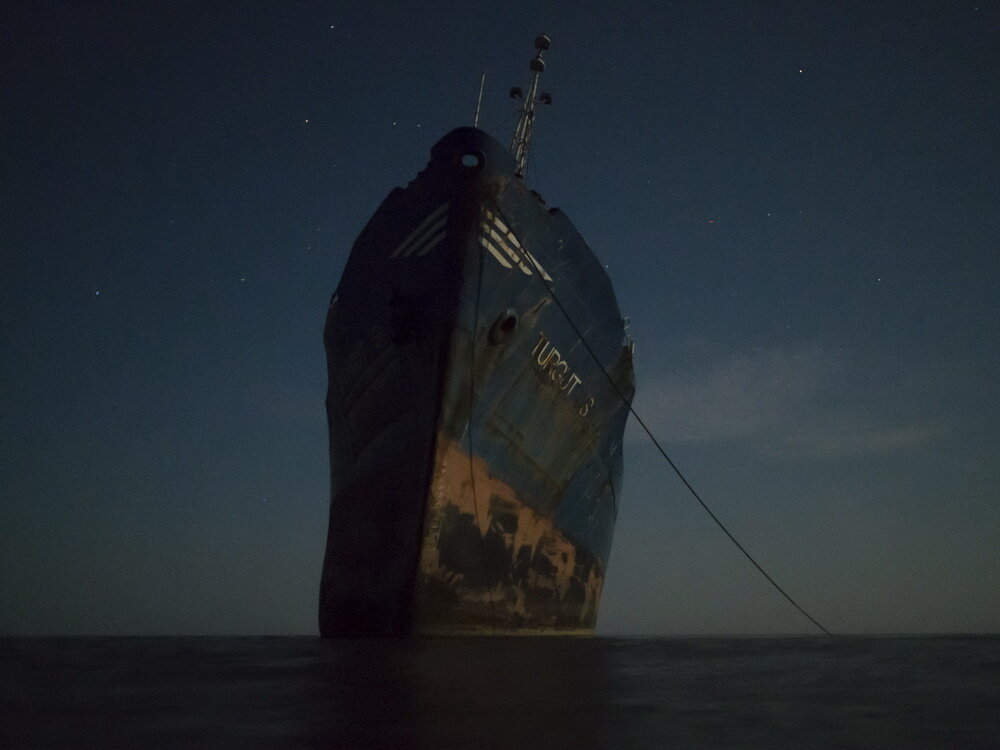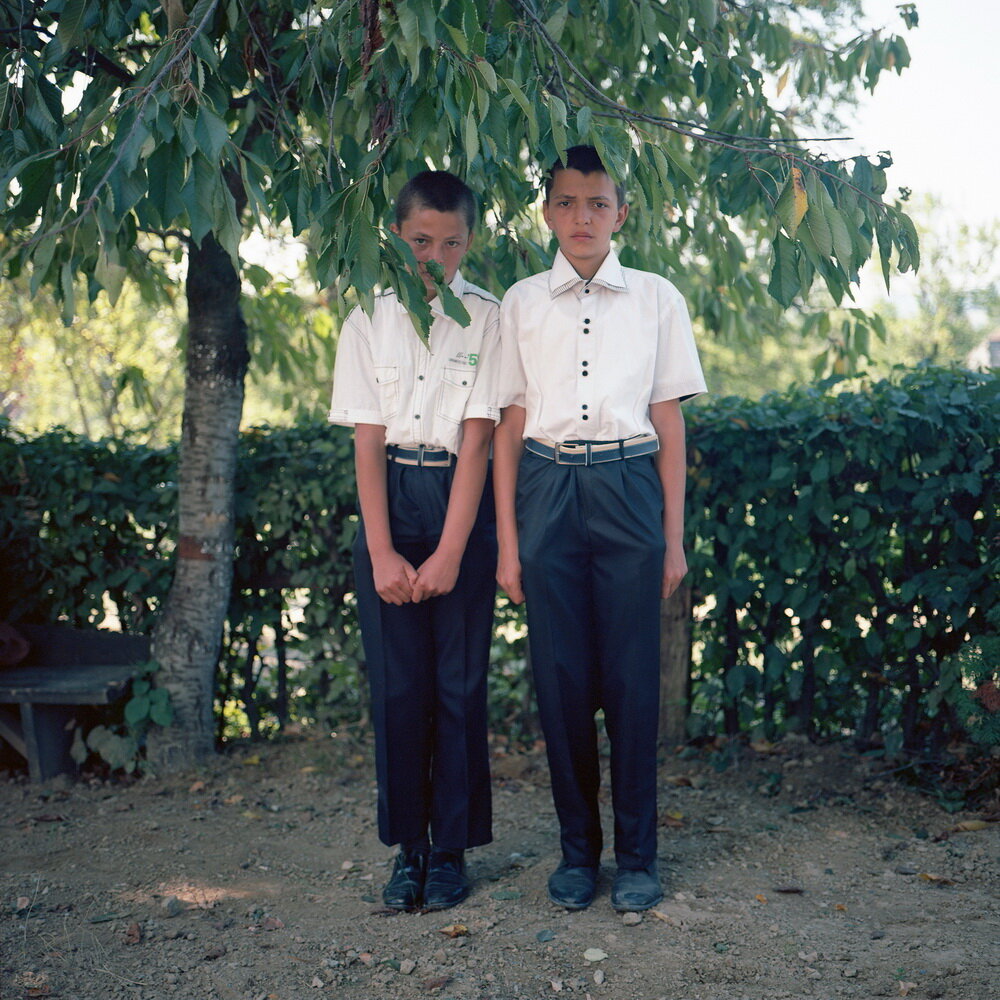10 photographers and 8 Romanian documentary photography projects
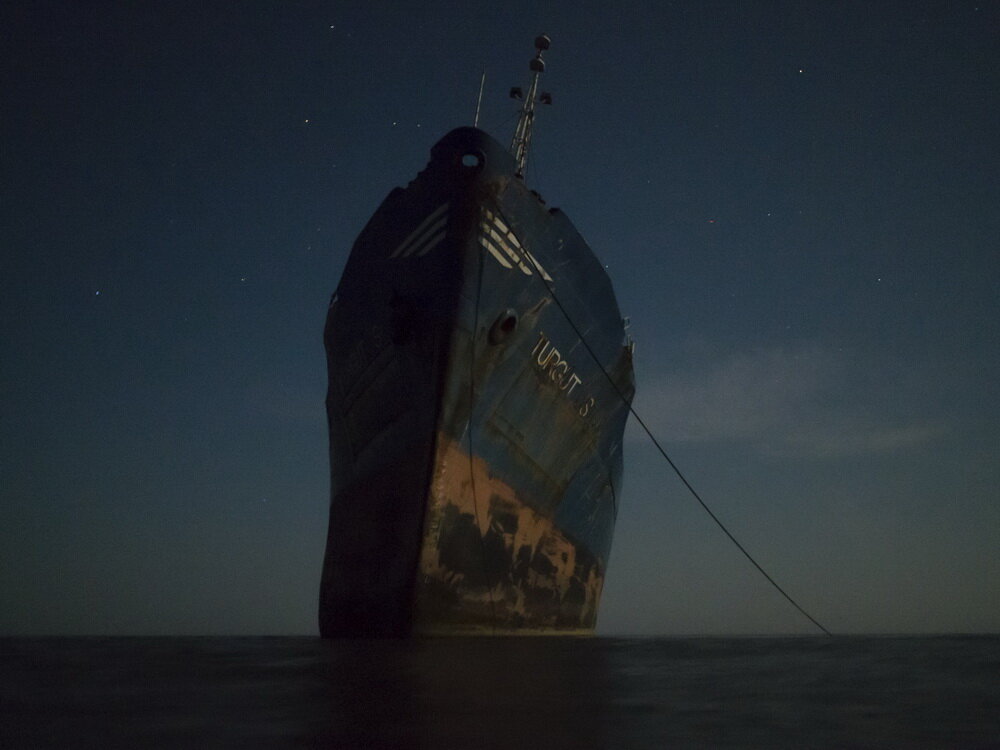
First exhibition of the Center for Documentary Photography November 15-28, 2016, Amzei nr 13, Bucharest.
Cosmin Bumbuț 's project , Lipsă locuință, is the story of young homeless people from Satu Mare co-opted in a gardening therapy program of the Stea Association. 5,754 Romanians have temporary ID cards with the reason "lack of housing" and 236 of them live in Satu Mare county. Many of these young people ended up on the streets after the orphanages where they were living were closed: one of the conditions of EU integration was that Romania had to solve the problem of foster homes. Starting in 2001, child protection social workers were on duty to remove dozens of children a day from the system, who were sent overnight to families who had never visited them. Children were taken back to care for animals or younger siblings, and girls were married off or sexually exploited. Most dropped out of school. A few years later, the streets of Romania were filled with street children.
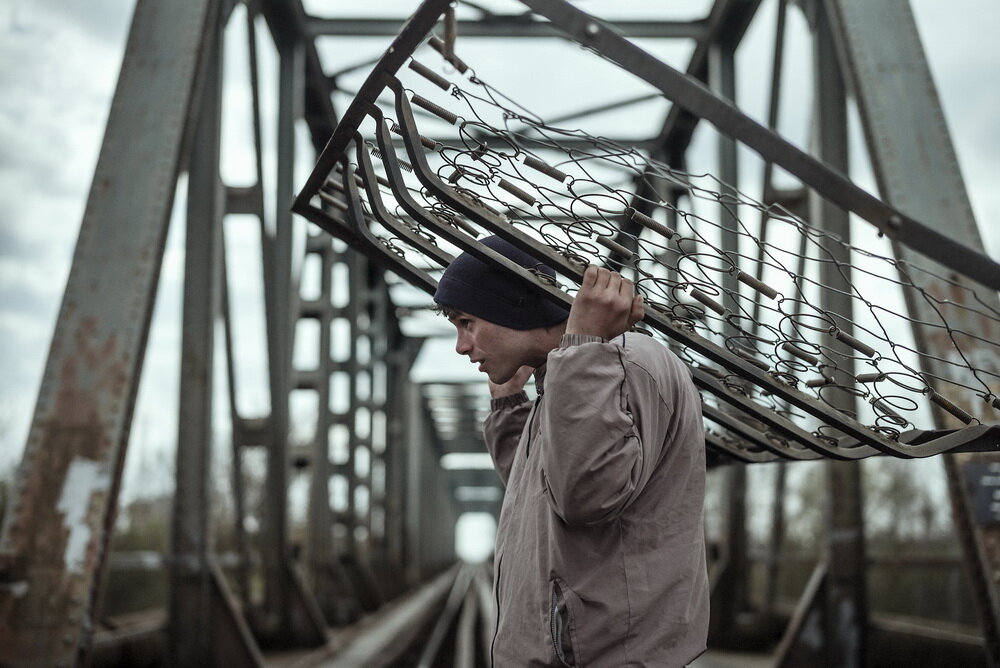
The Black Sea is a project started by Petruț Călinescu and journalist Ștefan Cândea. "Since 2010, year after year, I keep adding new chapters, observing how people relate to the sea. Russia's annexation of Crimea has reignited the Cold War, provoking a race of declarations and military preparations on both sides: the Western bloc and Russia. Romania is on the border, one step away from Ukraine. I have tried to illustrate how recent tensions mix with nationalism, tourism and fun" in Bulgaria, Turkey, Armenia, Azerbaijan, Georgia, Abkhazia, Russia, Ukraine and Moldova.
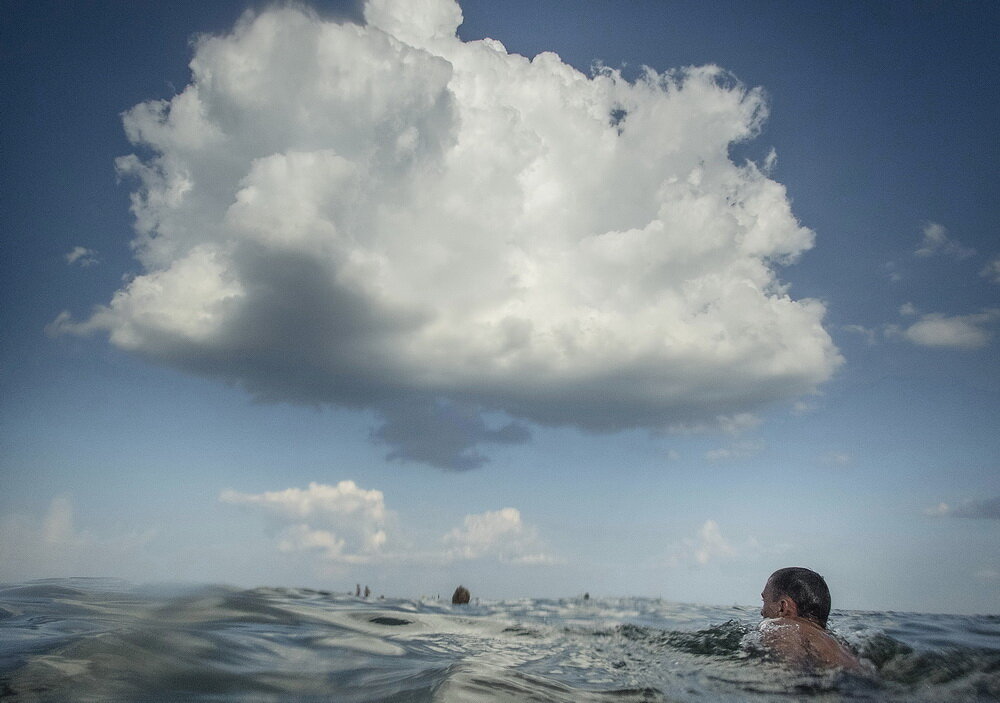
Zâne is a joint documentary photography project by Ioana Cîrlig and Marin Raica, "a long-term study of life in traditional rural areas and isolated communities in Romania. The project is structured around two chapters: man's connection with the natural and the supernatural. The photographs in this exhibition are part of the first chapter: the relationship between man and nature in rural communities. We seek to capture isolation (the close connection between man and the natural environment in isolated communities) and enlivenment (the belief that everything is alive)." The photos are taken in: the Apuseni Mountains, Maramureș, Oaș, Luncan Plateau, Danube Delta.
In Diagrama unei utopii, Dani Ghercă takes a subjective X-ray of three working-class neighborhoods in Bucharest. "The places and people that I photographed in this project access a part of my childhood memories. In 2011 I became interested, from the perspective of personal history, in the urban area where I have lived for 27 years. Through this endeavor I tried to find answers to questions such as: What does this space, with its landscapes and customs, represent for me? What do things and details look like that are familiar and at the same time foreign to me? The images are taken in the neighborhoods of Dristor, Pantelimon and Titan, but they are interspersed in isolation with places I used to go to as a child."
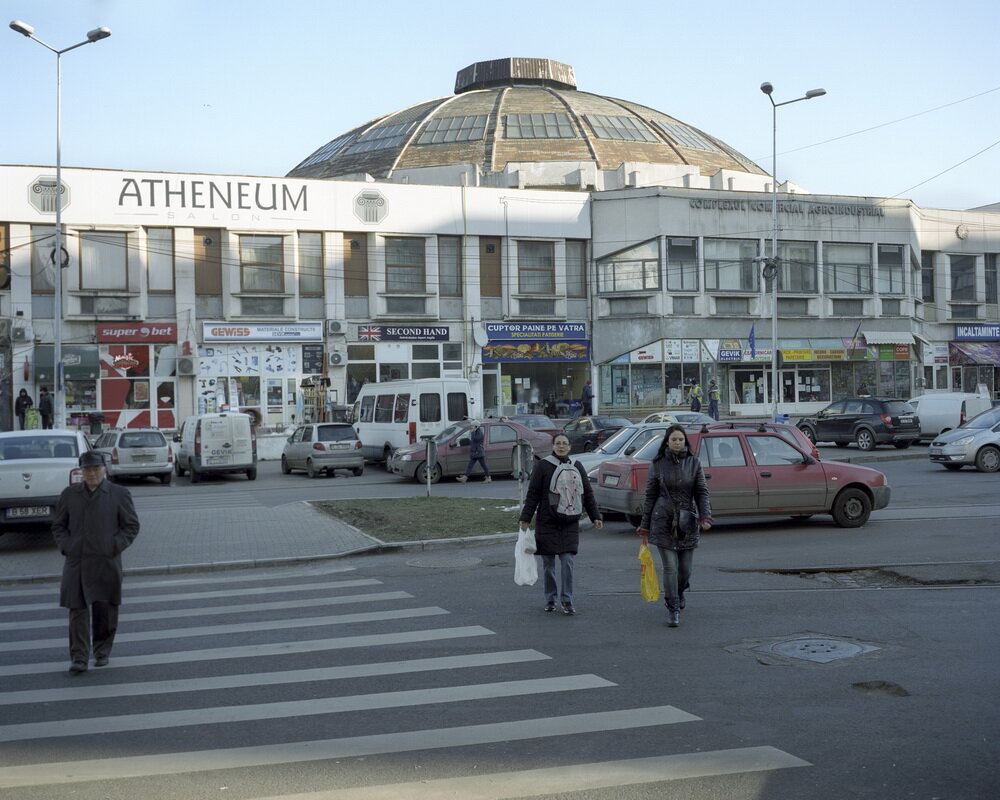
Project by Bogdan Girbovan and Michele Bressan, R.A.P.I. Underground is built around areas of military conflict in Romania*, exploring multiple battlefields from the First and Second World War periods. The project thus intends to recover artifacts that define the historical identity of the targeted sites. The approach provides for the historical valorization of the remains left in the field, establishing a link between the landscape and the episodes that took place in it, using the metal remains as witnesses. The act of bringing to the surface objects submerged in earth and time, of interrupting the effect of gravity by which all things, present and future, end up in the ground, proposes a new historical mapping, or the completion of the existing one.
*The areas explored are the Brasov area, where the "Battle for Predeal" took place in 1917; the Culesa Valley and Borta Dracului, the Targu Neamt area, a perimeter with an important historical significance, but insufficiently documented, where 14,000 soldiers of the Romanian, German and Soviet troops died in 1944.
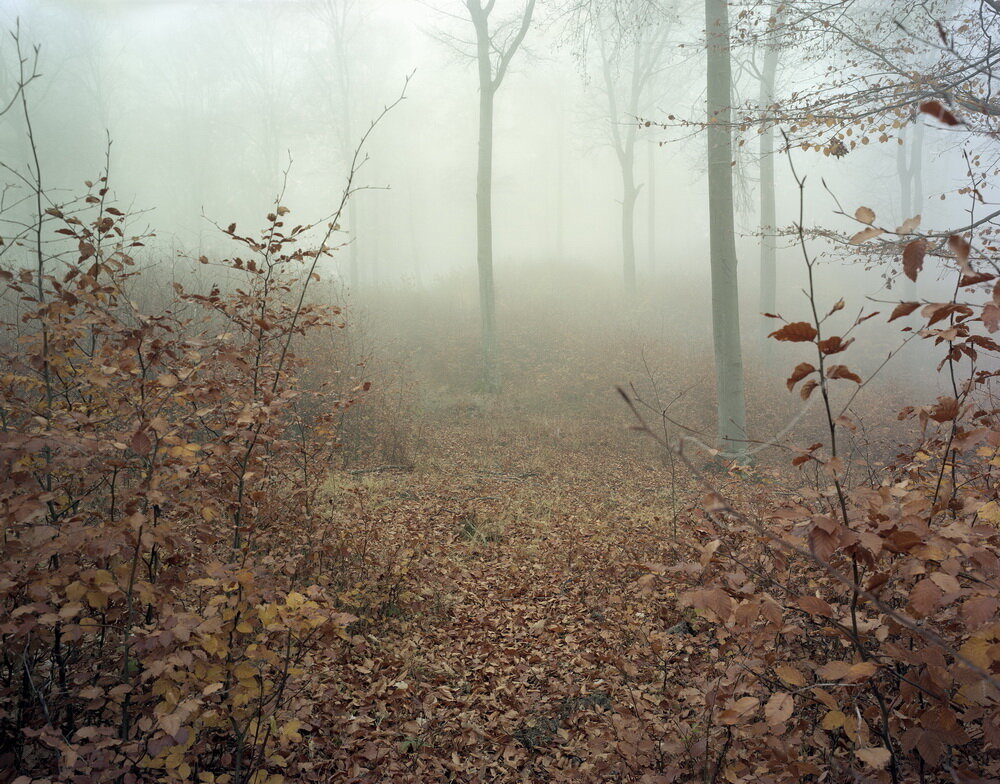
Out of the dark is a project by Ciprian Hord documenting the lives of the blind. "I'm not looking for the unusual in these images, but on the contrary, I want to show as directly and unsophisticated as possible how people who have lost their sight or who have never seen live. It is a reality that we who can see have difficulty imagining and understanding. I want to show the hardships these people face and how they overcome them, trying to live a normal life."
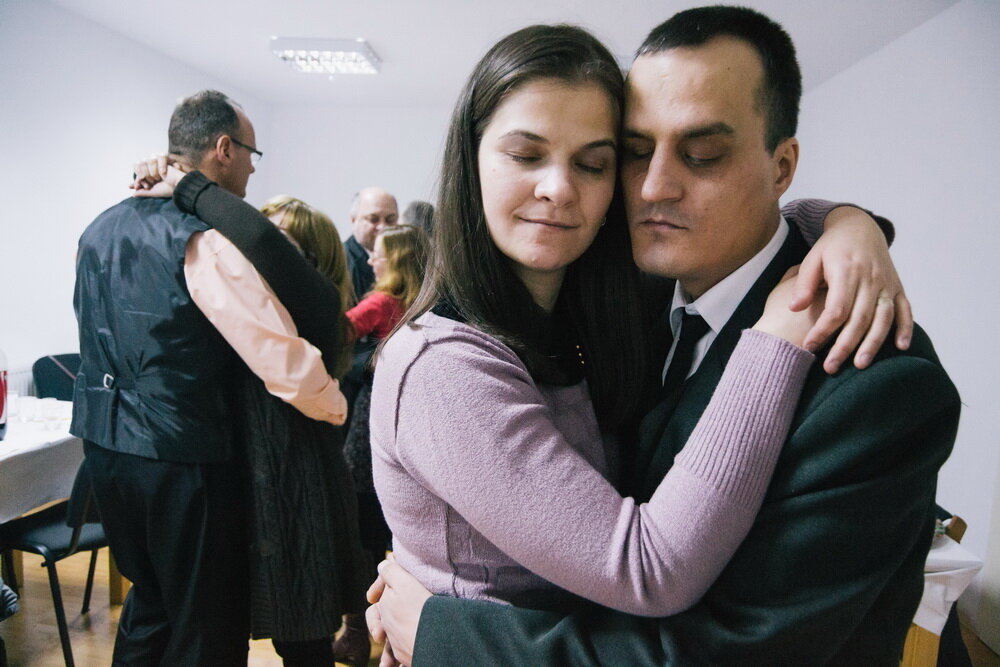
Andrei Nacu's project , In the forgotten garden time is a thief, "looks at the experience of parents trying to adapt to the political and social changes of the last 50 years, their relationship becoming a metaphor for the disillusionment that has marked these decades. The tension between past and present creates a subtle story on the borderline between personal memory and social history, the motivation for this project based on historical, socio-political and autobiographical observations."

In the Delta project, Alex Tomazatos photographs Romania in its seemingly insignificant details, in the places where nothing ever seems to happen. "I got to know theDelta by looking for nature. Maybe that's why it seems to me that a community of people living here is an example of adaptation to the environment. Just like the flora or fauna of the Delta, the way of life, traditions or problems of the people here have evolved in close connection with the environment.
